Adding a shower bench can elevate both the functionality and style of your bathroom, offering a comfortable spot to sit, store products, or assist with mobility needs. From built-in tiled seats to freestanding teak options, a range of materials and designs cater to various aesthetics and budgets. Whether you prefer a sleek floating slab or a cozy wood-look tile corner, each bench idea enhances the spa-like atmosphere of your shower while providing practicality. Below are 20 shower bench concepts—each with a brief explanation of key features and benefits—to inspire your next bathroom upgrade.
1. Built-In Tile Bench

A built-in tile shower bench integrates seamlessly with your shower surround, creating a cohesive look while ensuring durability against moisture and heat. Because it’s constructed during a remodel, the bench is fully waterproofed beneath the tile, preventing leaks and mold growth. Using the same tile as your walls or floor, or introducing a contrasting accent tile, allows you to customize the style—from minimalist monochrome to bold mosaic patterns. Structurally, these benches are framed with cement backer board and mortar, providing firm support for seating and storage alike.
2. Space-Saving Corner Bench
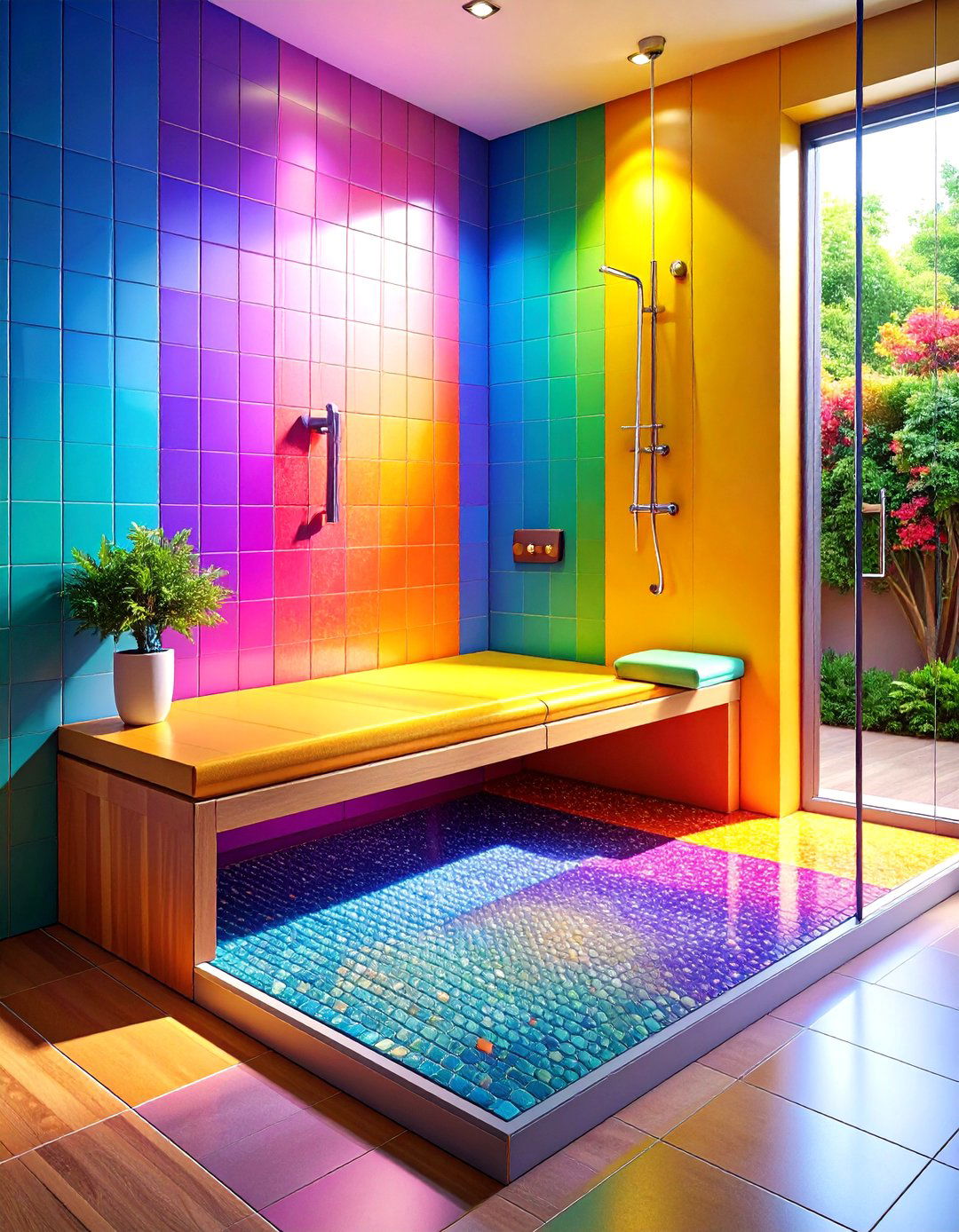
A corner shower bench tucks neatly into underutilized areas, making it ideal for compact or walk-in showers. By occupying just one corner, it maximizes standing space while offering a sturdy seat for shaving legs or resting toiletries. Constructed similarly to a built-in bench—with waterproof substrate and tile finish—it can mirror wall materials for a seamless appearance or feature a contrasting tile to highlight its form. Corner benches also add visual interest through angled lines, helping to break up repetitive tiling.
3. Floating Stone Slab Bench

A floating bench crafted from a single stone slab—such as marble, granite, or engineered quartz—instantly elevates the shower’s luxury factor. Supported by concealed stainless-steel brackets, it appears to hover off the wall, lending a minimalist, modern aesthetic. The dense, non-porous material withstands daily exposure to water and steam, and its smooth surface is easy to clean. Selecting a slab with minimal veining or a honed finish ensures longevity and reduces the visibility of water spots.
4. Folding Teak Seat
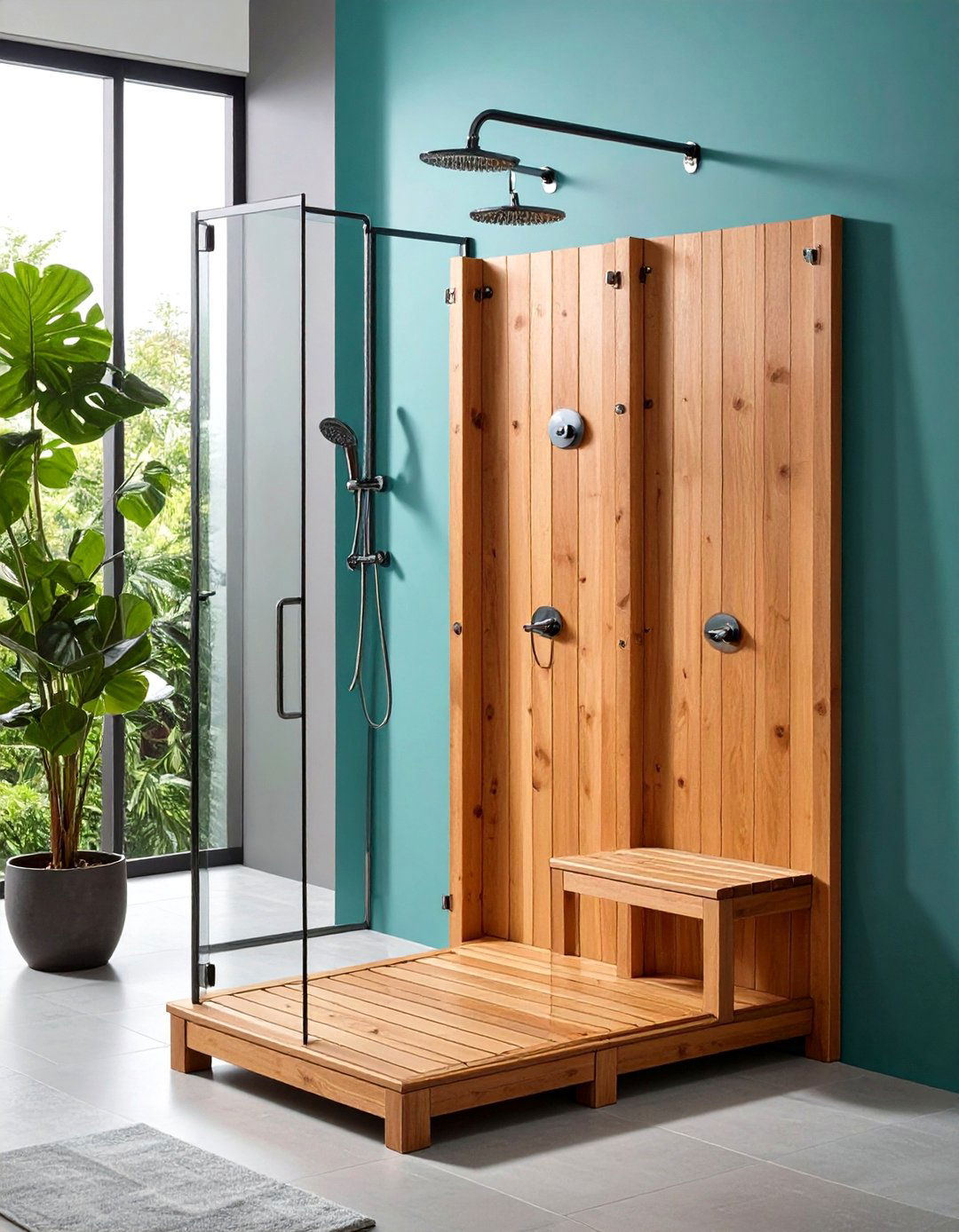
Folding teak seats mount to the wall with a hinge mechanism, allowing you to fold them down when needed and stow them away when not in use. Teak’s natural oils make it highly resistant to water and decay, ensuring longevity in a wet environment. This space-saving design is particularly beneficial in small showers or for ADA-compliant installations, offering a safe, sturdy seat that meets accessibility standards. When folded, the teak slats provide a compact profile that won’t obstruct the shower flow.
5. Marble Tile Bench

Crafted from marble tiles set over a waterproof base, a marble tile bench combines classic elegance with practicality. White or light-veined marble brightens shower interiors, while darker marbles create dramatic contrast against neutral tiles. The bench integrates soap niches or shelves above for added storage, making it both stylish and functional. Regular sealing of the marble surface prevents stains and etching, preserving its polished appearance over time.
6. Mosaic Tile Accent Bench
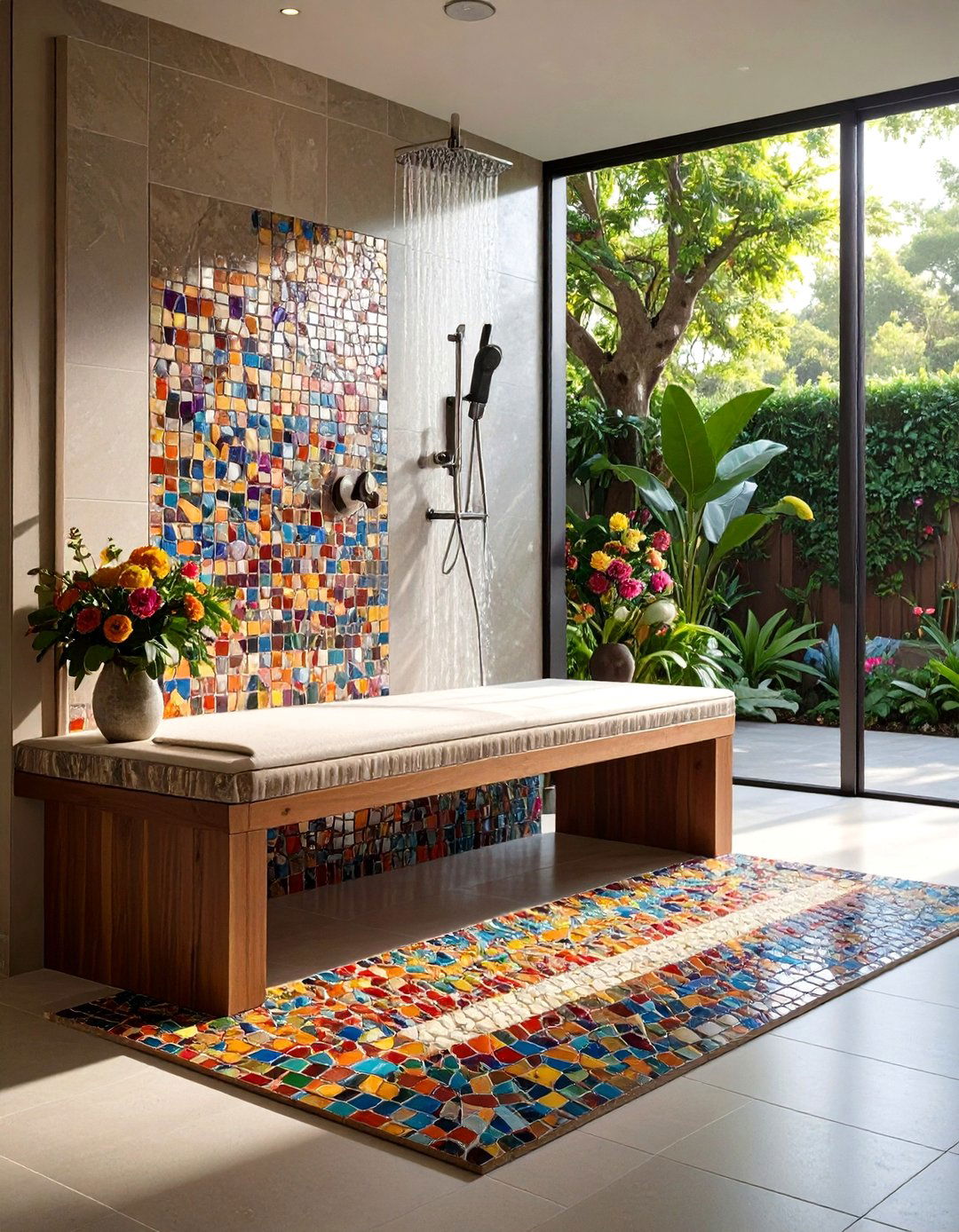
A mosaic tile bench—comprising small glass, porcelain, or stone pieces—offers endless pattern and color possibilities. By selecting accent hues, you can create intricate designs that draw the eye and tie into broader tile motifs in the bathroom. The textured grout lines provide slip resistance, enhancing safety. Since mosaics require more grout, proper sealing is crucial to prevent mildew buildup. The result is a decorative focal point that invites a touch of artistry in your daily shower ritual.
7. Concrete Bench
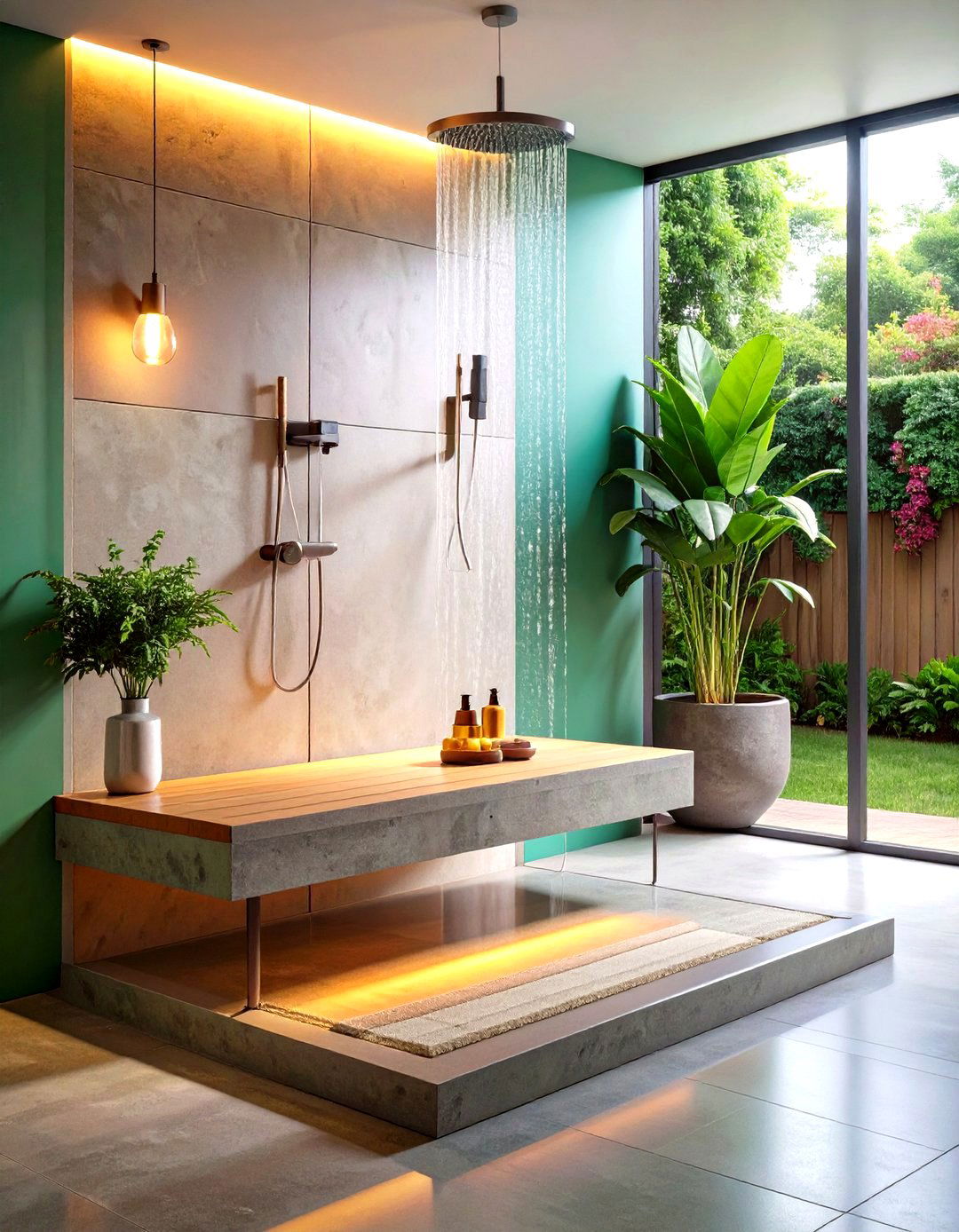
A poured-concrete shower bench embodies industrial chic, with raw, monolithic lines that stand out against tiled or plastered walls. The bench is formed on-site using reinforced concrete or GFRC (glass fiber reinforced concrete), then sealed to protect against stains and moisture penetration. Concrete can be tinted or finished with a trowel pattern for a unique look. While heavy, it offers exceptional durability and can be custom-sized to fit any shower footprint.
8. Wood-Look Tile Bench
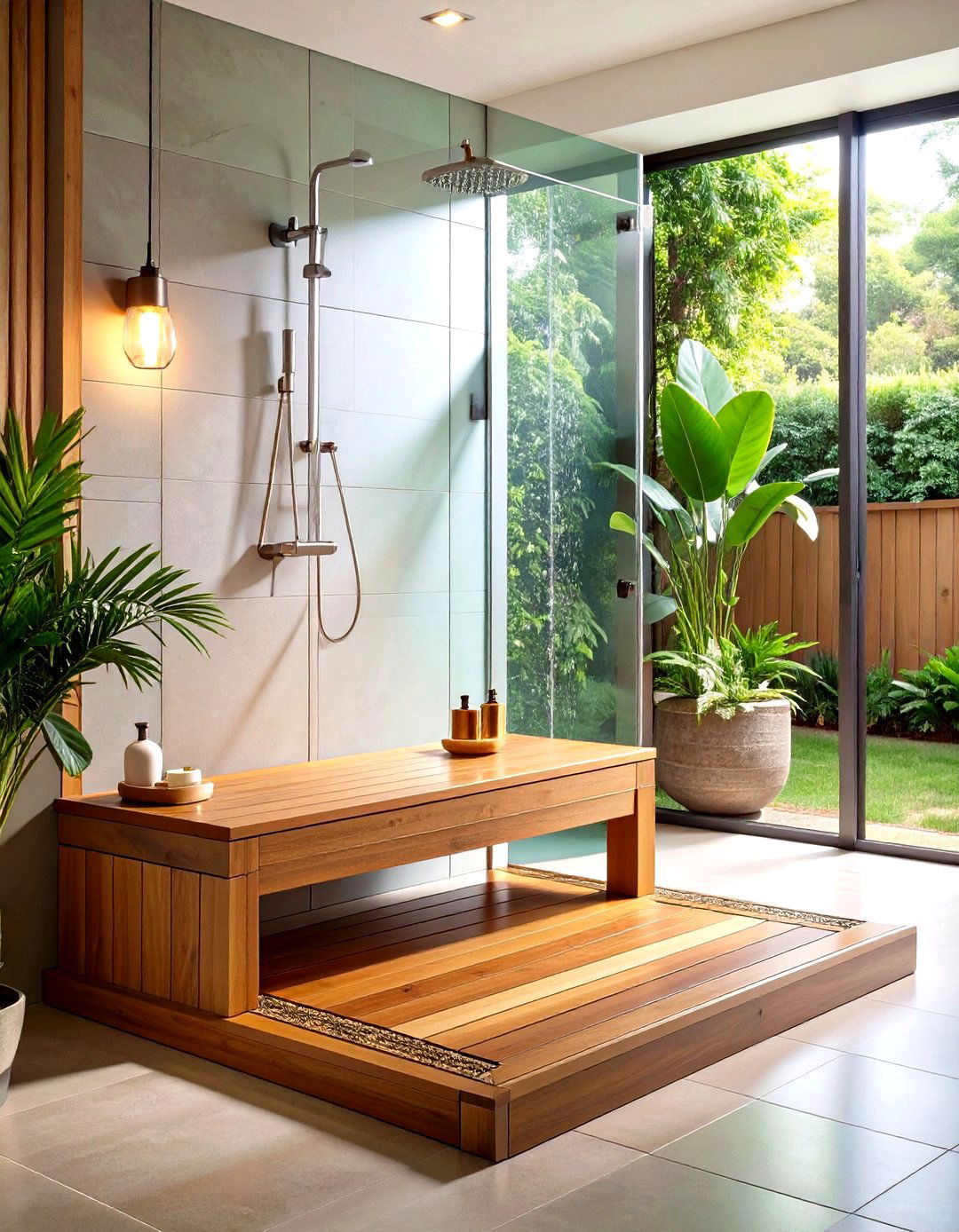
For those craving warmth without actual wood’s maintenance, wood-look porcelain tile benches mimic teak or oak grain while resisting water and rot. These tiles are installed much like standard porcelain, over a waterproof substrate, and can be grouted to match or contrast the adjacent flooring. The result is the visual appeal of wood in a wet environment, with minimal upkeep—just regular cleaning and occasional grout maintenance.
9. ADA-Compliant Folding Seat
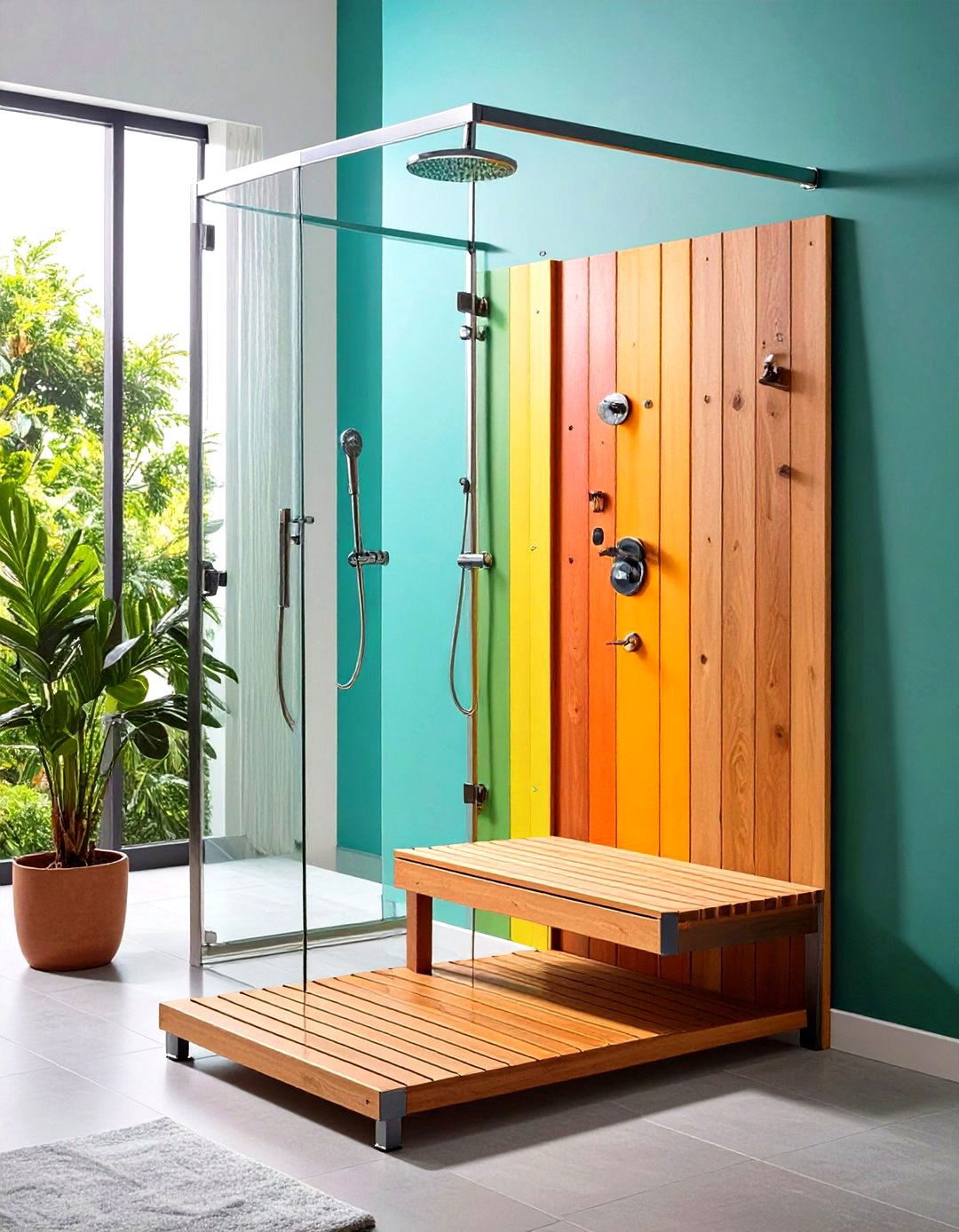
Wall-mounted folding shower seats designed to meet ADA specifications ensure safety and accessibility. These seats typically feature a sturdy metal frame with a roto-molded plastic or teak slatted top, folding up out of the way when not in use. Rated to support 250 lbs or more, they include grab-bar integration points for added stability. Their compliant design makes them a favorite for universal-design bathrooms that cater to elderly or mobility-impaired users.
10. Integrated Half-Wall Bench
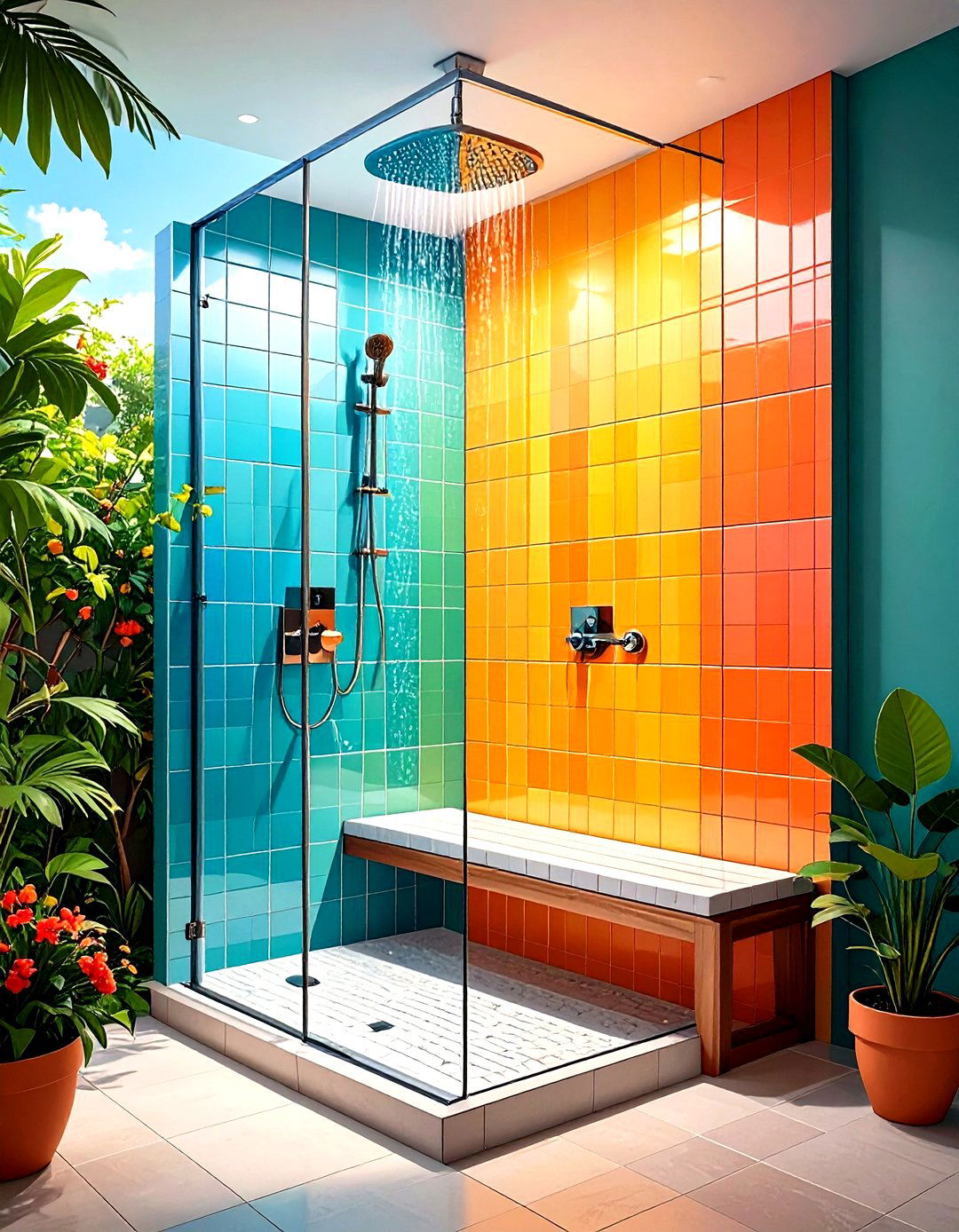
A bench built into a half-wall or pony wall offers separation within open-plan bathrooms, doubling as both a seat and a spatial divider. Clad in tile or stone to match surrounding surfaces, it provides privacy for adjacent toilet or vanity areas while serving as an in-shower seat. Half-walls can accommodate bench niches and mounted fixtures, promoting multifunctional design in modern layouts.
11. Bench with Built-In Storage Niche
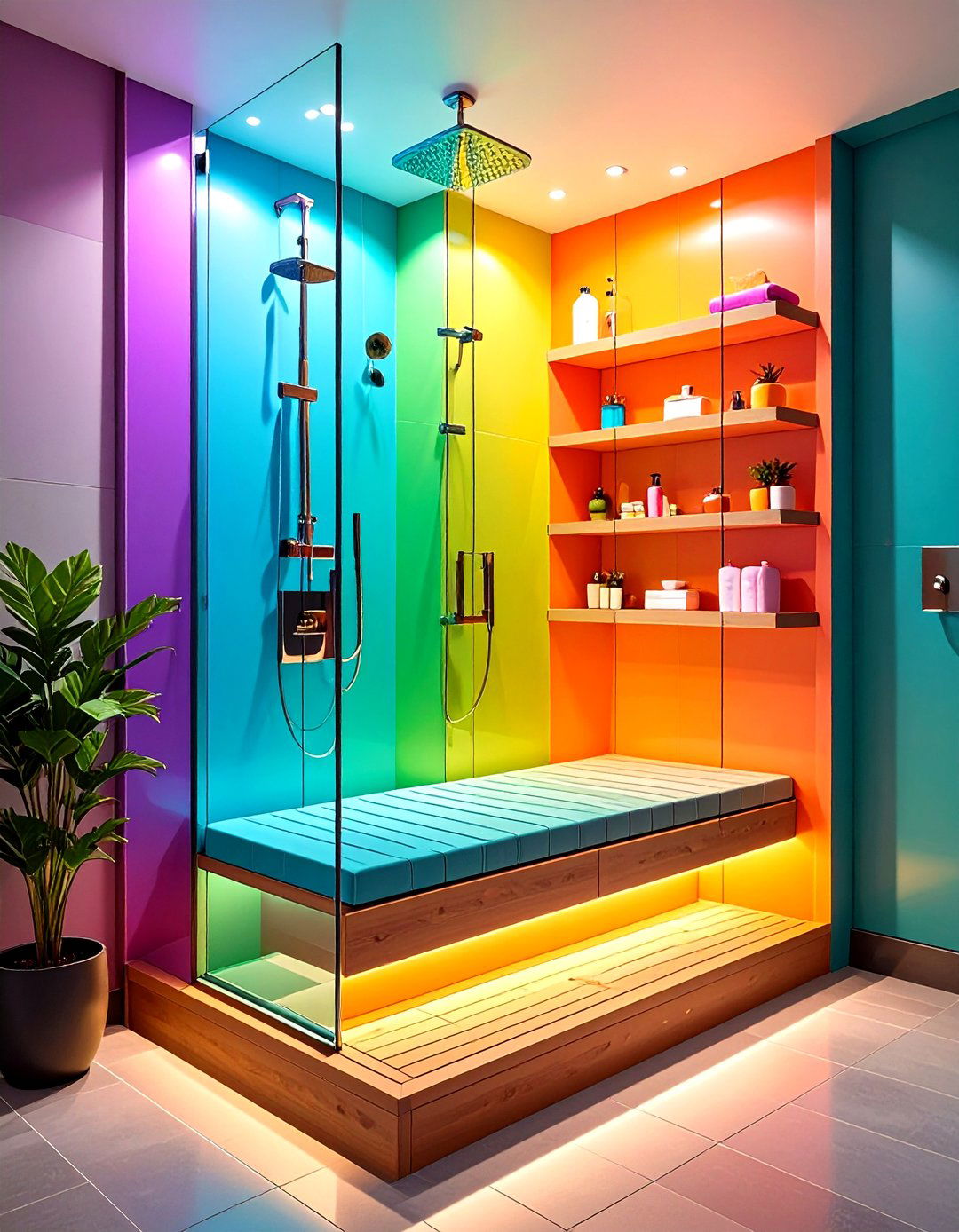
Combining seating and storage, a shower bench with an under-seat niche or shelf keeps shampoo, soap, and razors within reach without cluttering the ledges. The niche can be tiled in a contrasting color to highlight its form, or flush with the bench material for a sleek effect. Proper waterproofing and slope toward the shower drain ensure that water doesn’t pool in the storage area.
12. Freestanding Teak Bench
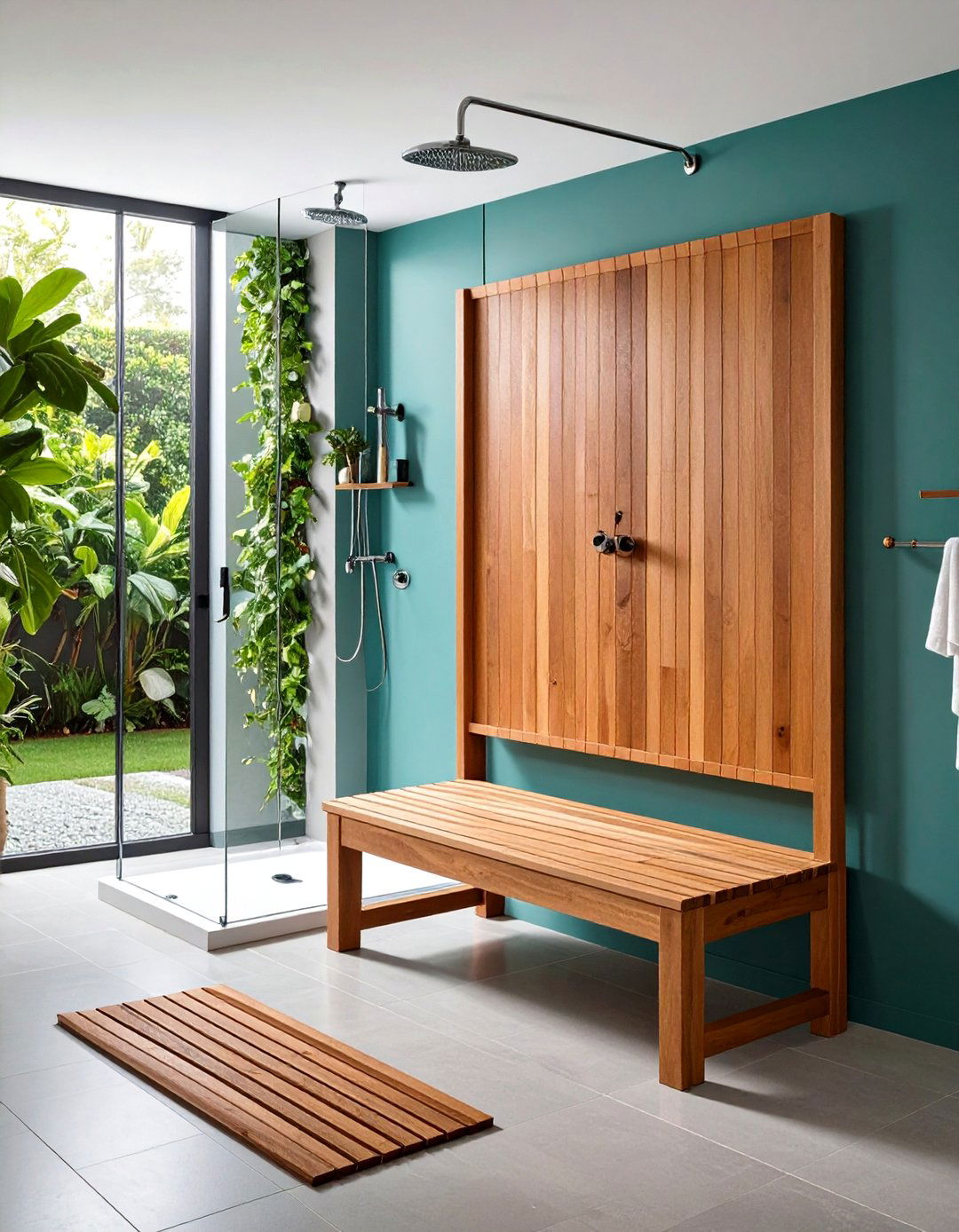
A simple freestanding teak bench brings warmth and versatility, allowing you to reposition it inside or just outside the shower enclosure. Since it’s not permanently installed, it suits renters or those hesitant to commit to built-in options. Teak’s density and natural oils prevent warping and mold, and slatted designs facilitate quick drying. Use it for seating or as a towel stand, enhancing both form and function.
13. Marble Slab Floating Bench

A large, uninterrupted marble slab mounted with cantilever brackets exemplifies minimalist luxury. This bench style works well in chic, spa-inspired showers where clean lines and high-end materials dominate. The bench’s smooth surface is easy to wipe down, and choosing a bookmatched slab can create a stunning visual effect. Structural brackets are typically stainless steel, hidden within the marble thickness for a seamless appearance.
14. Outdoor-Weatherized Bench
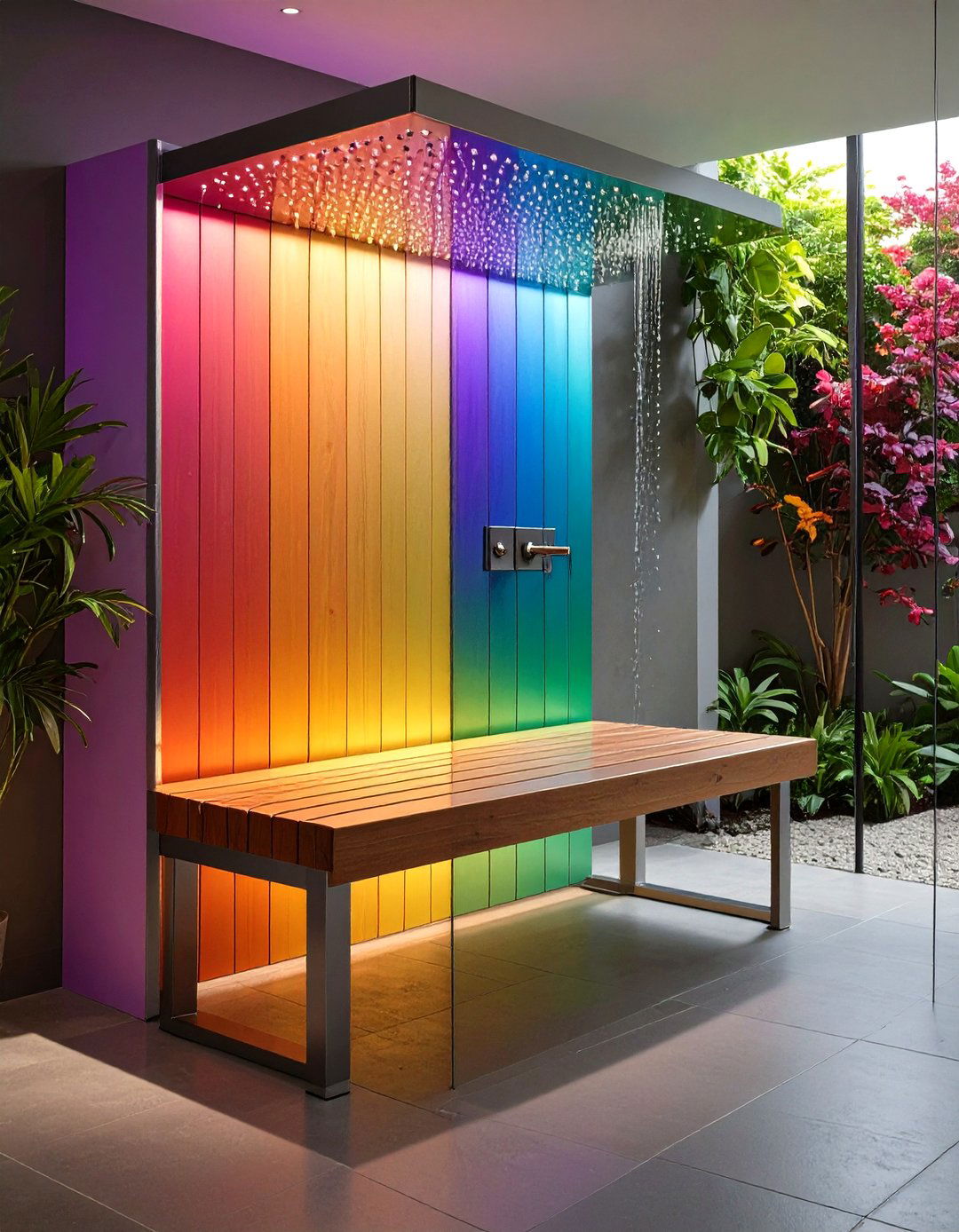
Although less common indoors, weatherized outdoor benches—such as powder-coated aluminum or composite teak—offer unique flair and longevity in steam-filled showers. Designed to withstand rain and sun, these benches resist corrosion and splitting, making them surprisingly apt for moist indoor environments. Their bold forms can introduce an unexpected sculptural element to contemporary bathrooms.
15. Black Matte Floating Bench
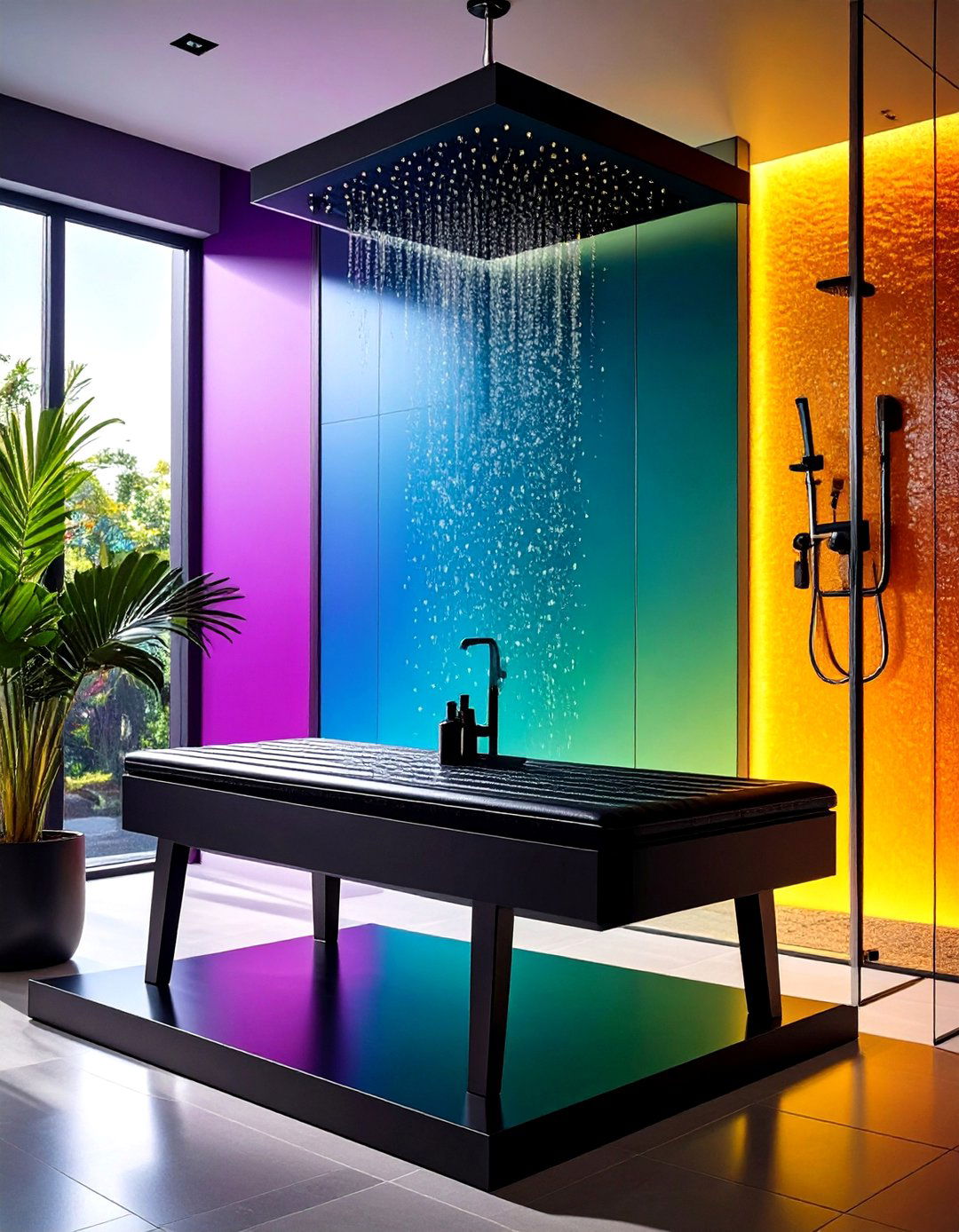
A floating bench in matte black resin or composite material provides stark contrast against lighter tiles for a graphic, modern statement. The waterproof composite surface resists staining and is gentle on skin, while hidden wall mounts maintain the illusion of suspension. This bench style pairs well with industrial-inspired fixtures and monochrome color palettes.
16. Stainless Steel Bench
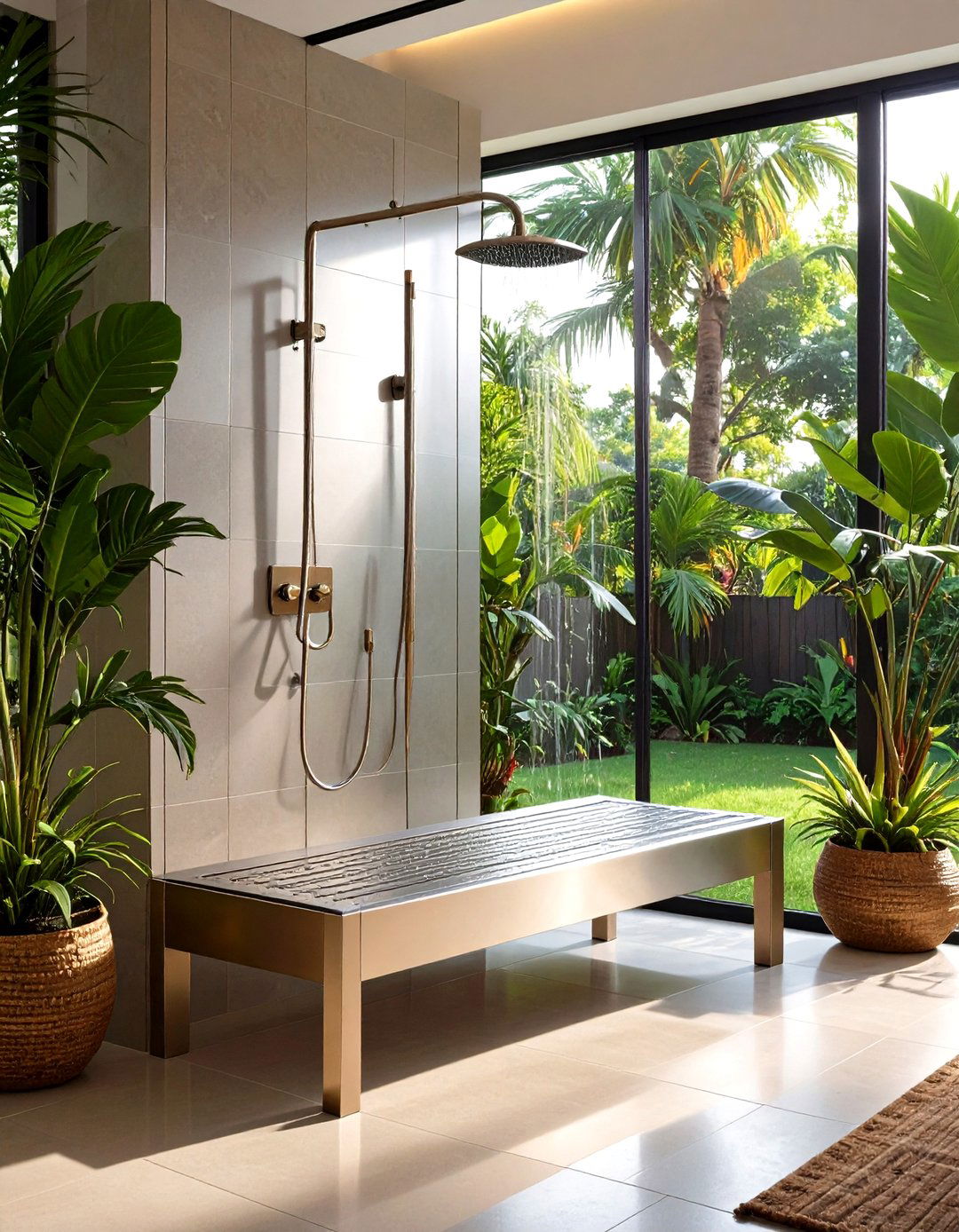
For a minimalist, industrial look, stainless steel benches deliver sleek durability. Typically fashioned from tube or plate steel with brushed finishes, they resist rust and are easy to sterilize—making them ideal for high-use or public showers. Mounting hardware and supports can be concealed for a clean aesthetic. Pair with glass enclosures and concrete walls for a loft-style ambiance.
17. Slatted Teak Bench
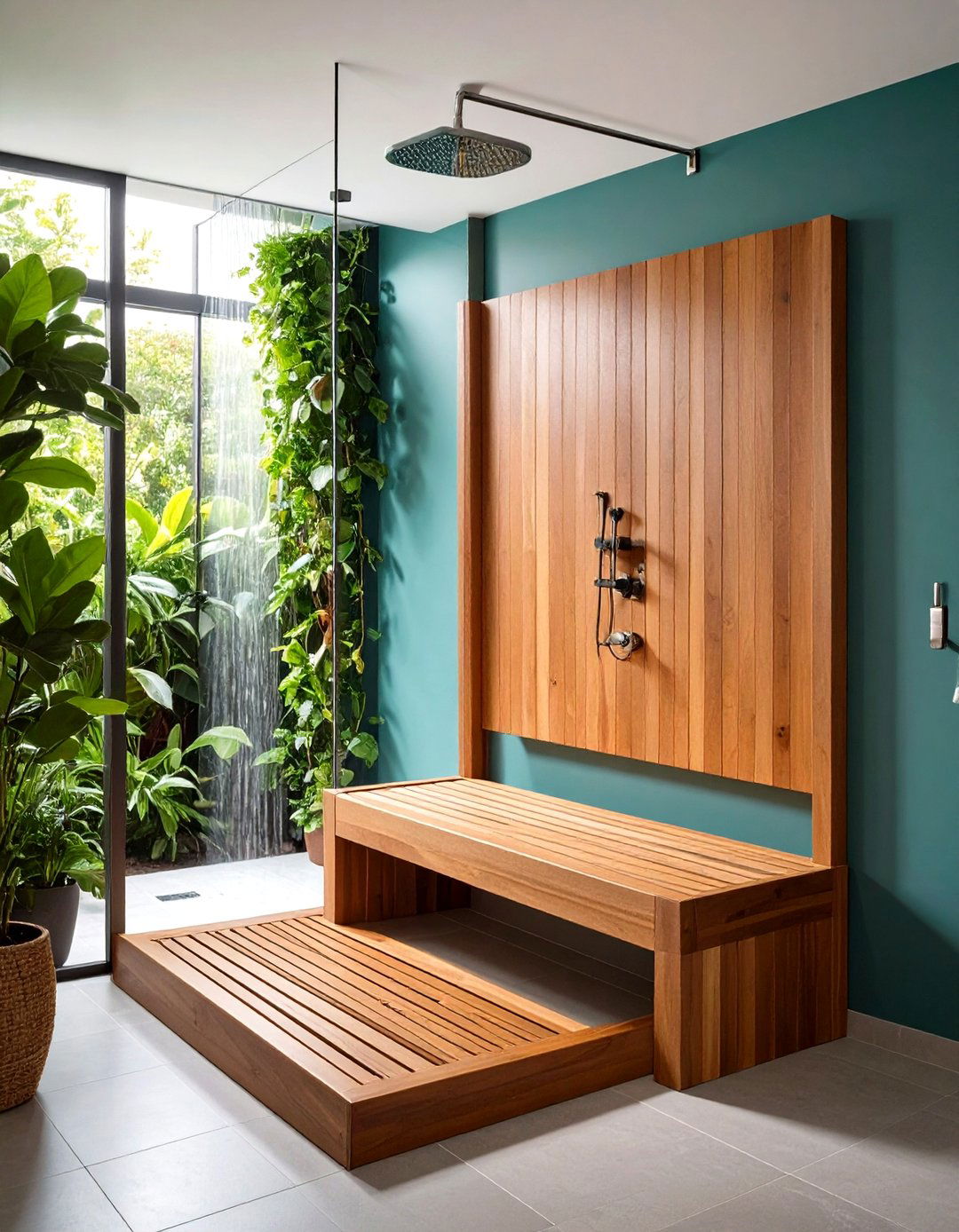
Built-in slatted teak benches combine the warmth of wood grain with the practicality of groutless surfaces. Each slat allows water to drain quickly, reducing pooling and mold risk. The teak is mounted on a waterproofed frame, supporting both seating and towel storage above. Slatted benches work well in both rustic and modern décor, depending on the surrounding tile and fixture selections.
18. Patterned Inlay Bench
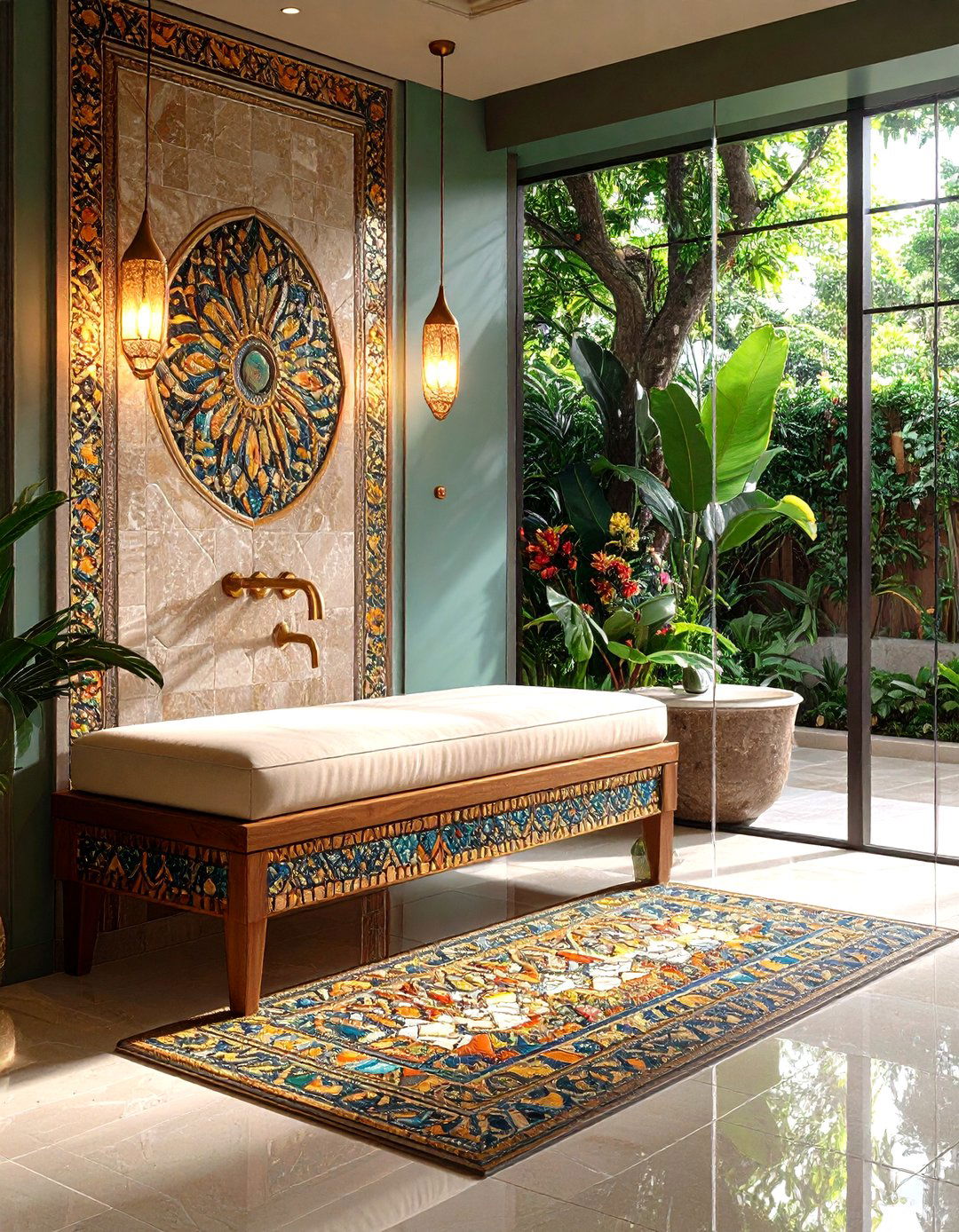
An inlay bench incorporates intricate designs—such as contrasting tile borders, stone medallions, or metal accents—set into a solid bench surface. This decorative approach elevates the bench into an artful focal point, perfectly aligned with luxury or vintage-inspired bathrooms. Careful detailing and waterproof grout protect the delicate inlays, ensuring long-term beauty.
19. Curved Cantilever Bench
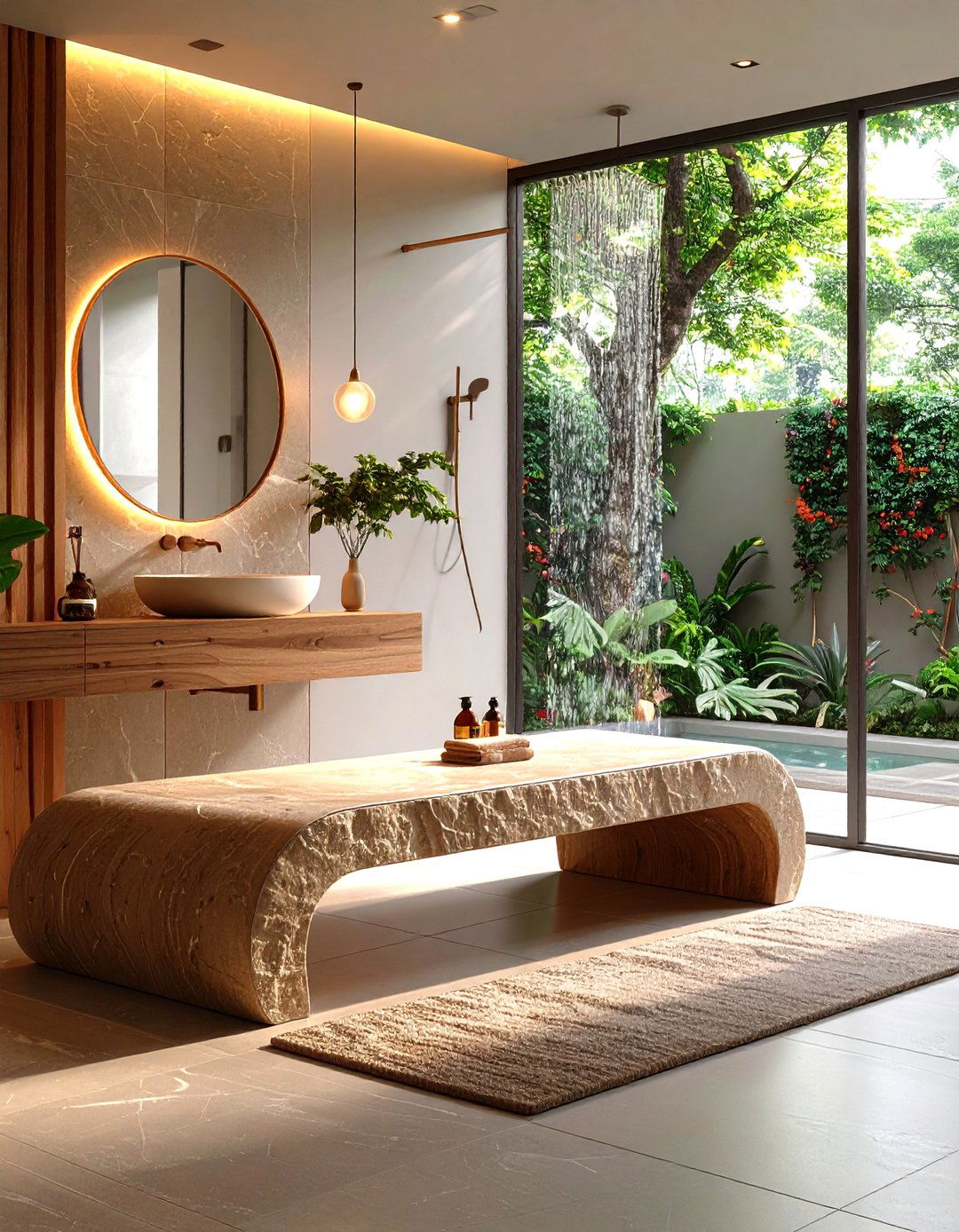
Curved benches soften angular shower designs, introducing ergonomic comfort and sculptural interest. Constructed from molded stone or engineered materials, they cantilever from the wall with hidden supports. The gentle curve cradles the body, making them ideal for relaxation in larger, spa-style showers. Their sleek silhouettes pair well with frameless glass doors.
20. Cushioned Waterproof Bench
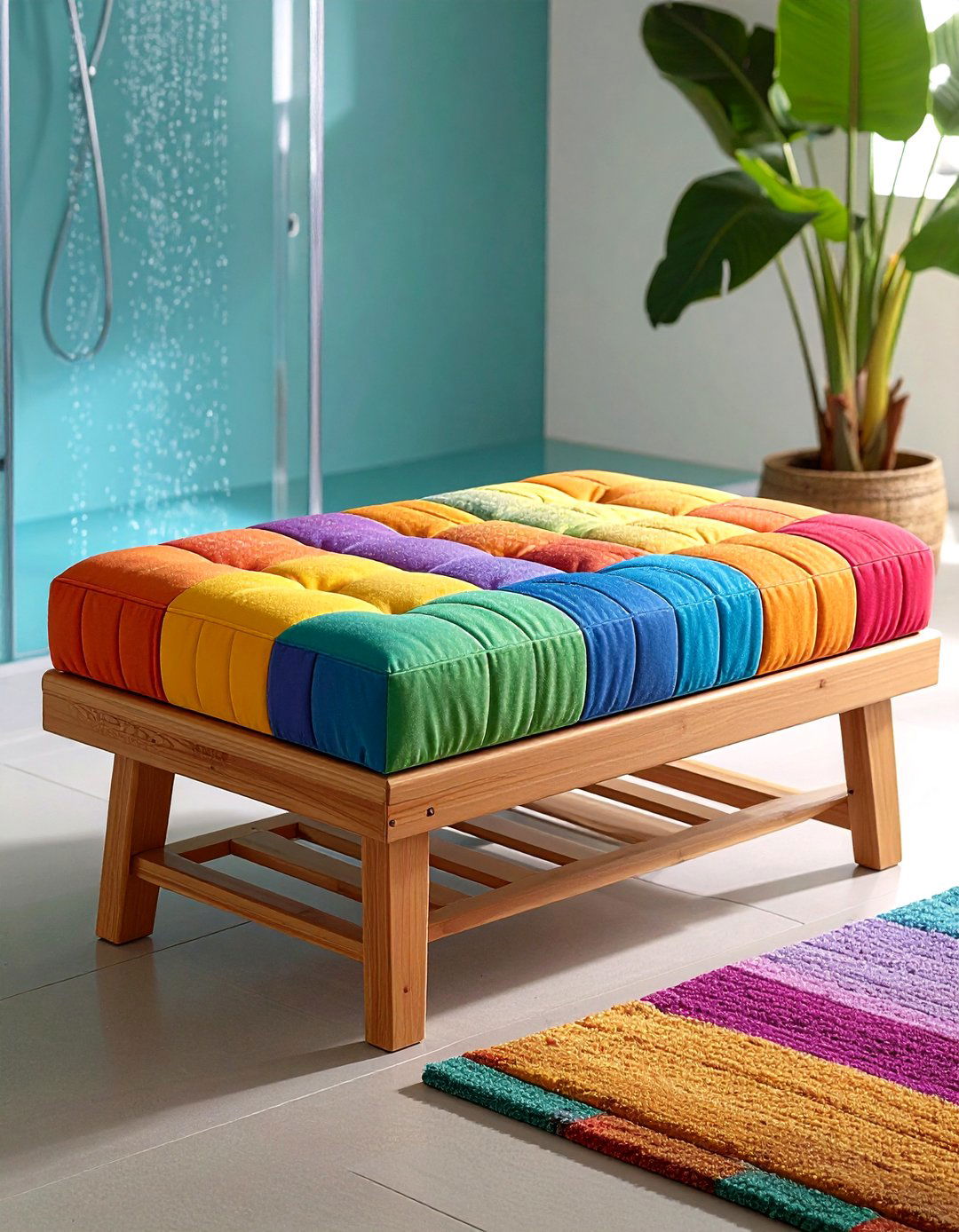
For ultimate comfort, a cushioned shower bench features marine-grade vinyl or rubberized upholstery over a waterproof base. These benches mimic spa seating, offering padded surfaces for longer soaks or therapeutic treatments. The cushions resist mildew and can be replaced easily. While less common than hard-surface benches, they provide an unparalleled cozy touch for a home-spa atmosphere.
Conclusion:
Shower benches blend practicality with design, transforming everyday routines into moments of relaxation and luxury. Whether you opt for a built-in tile seat, a floating marble slab, or a versatile teak stool, each bench type offers unique benefits—from enhanced accessibility to aesthetic focal points. By selecting materials and styles that complement your bathroom’s overall theme, you can create a cohesive, spa-like retreat that endures both in function and fashion.


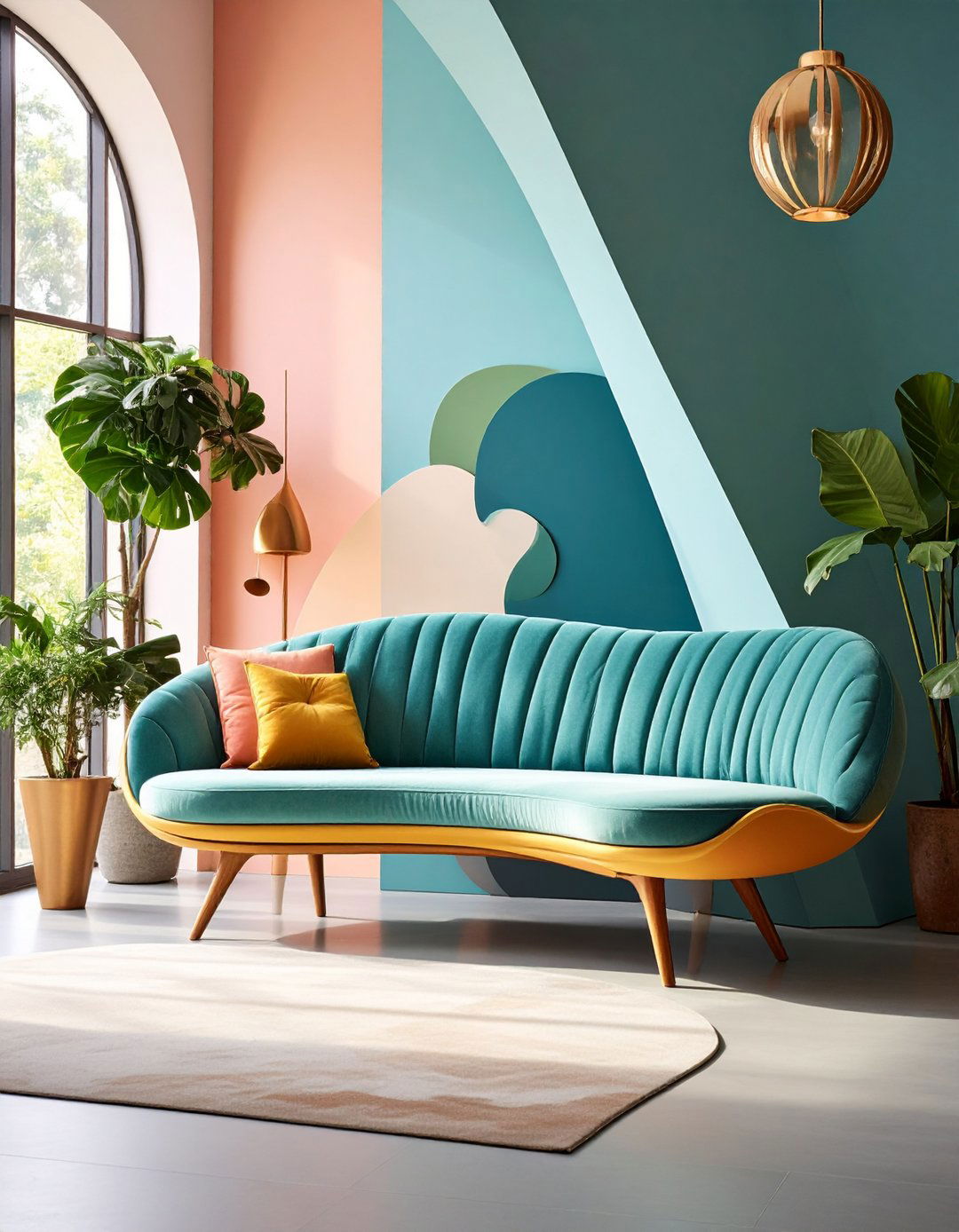
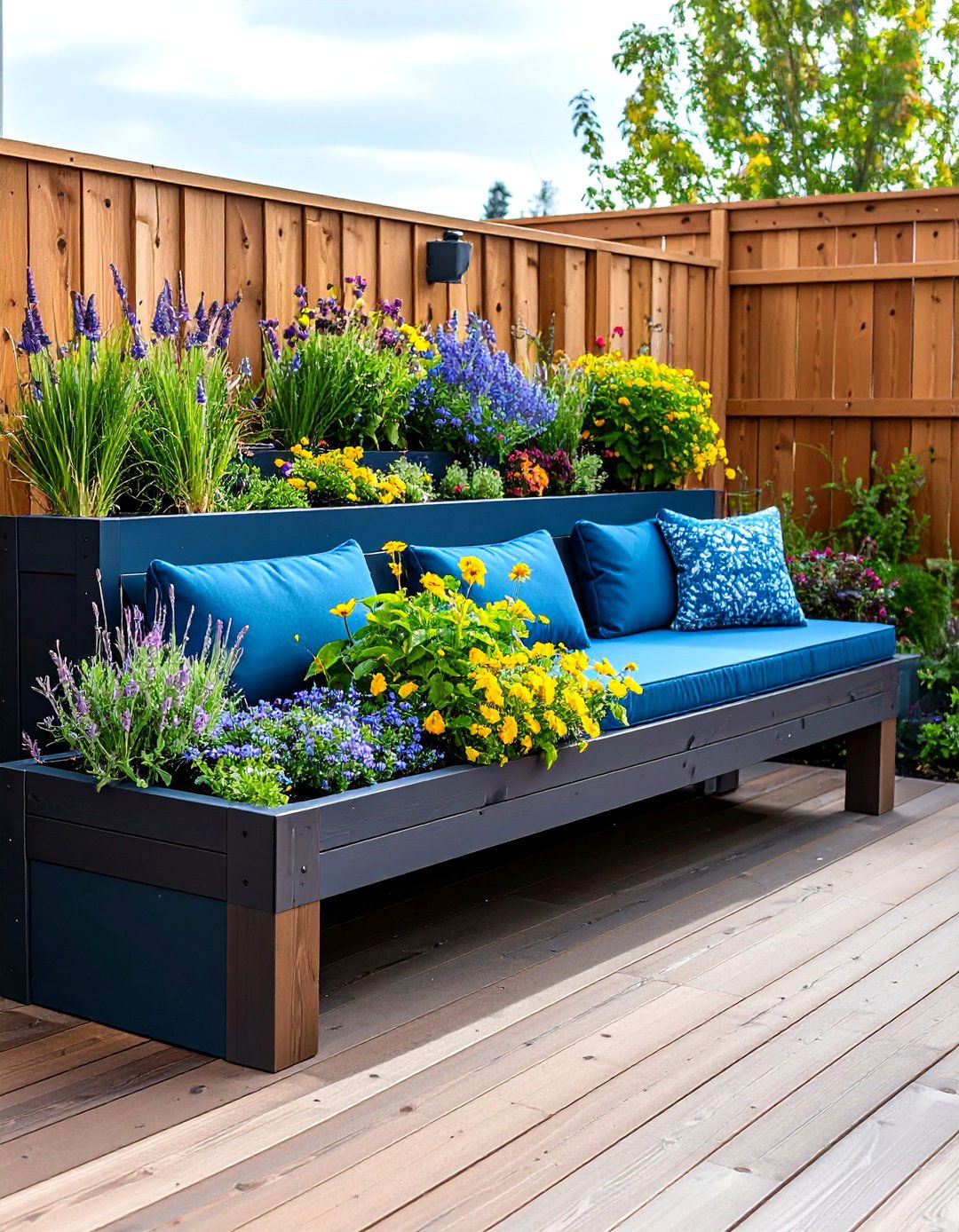
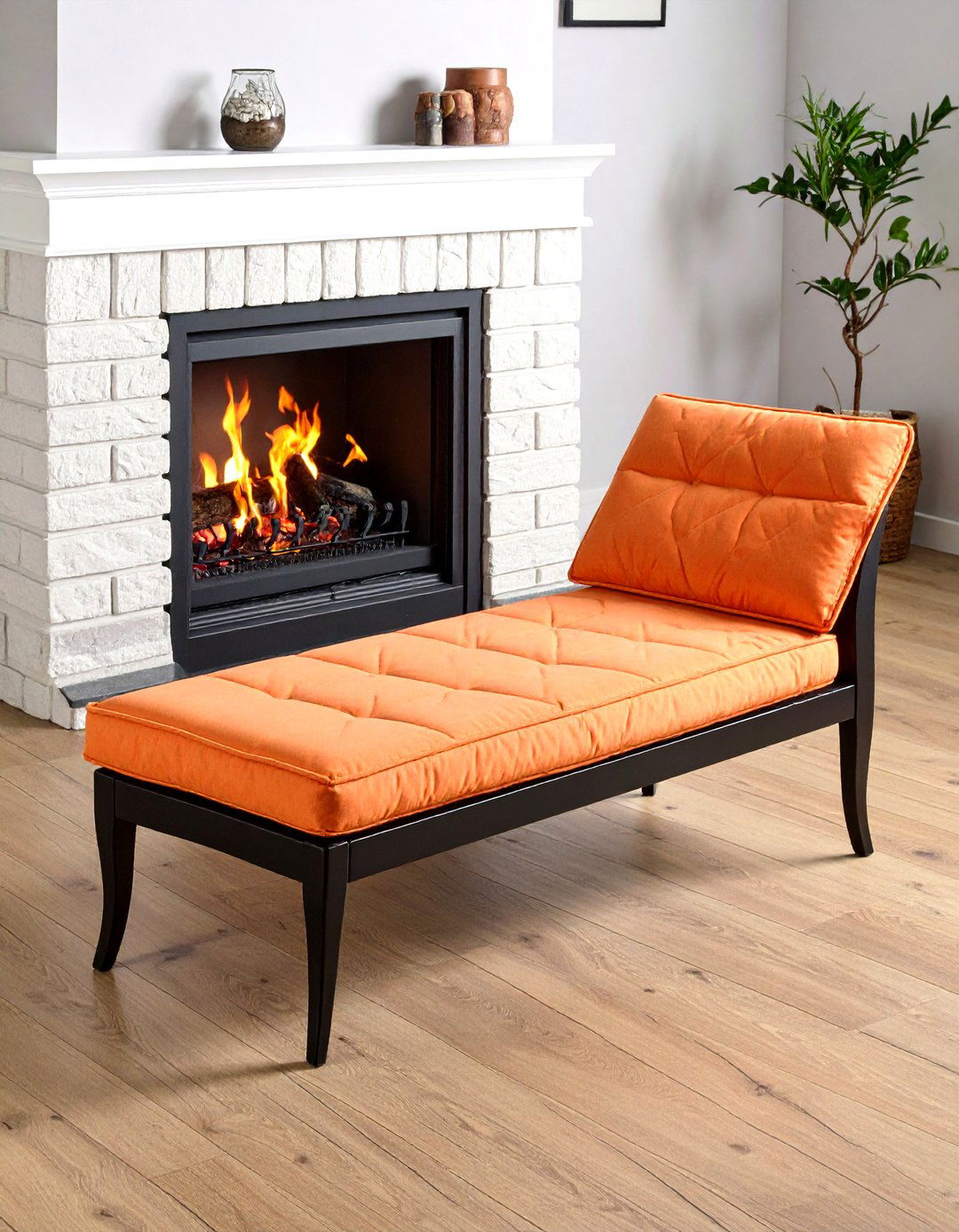
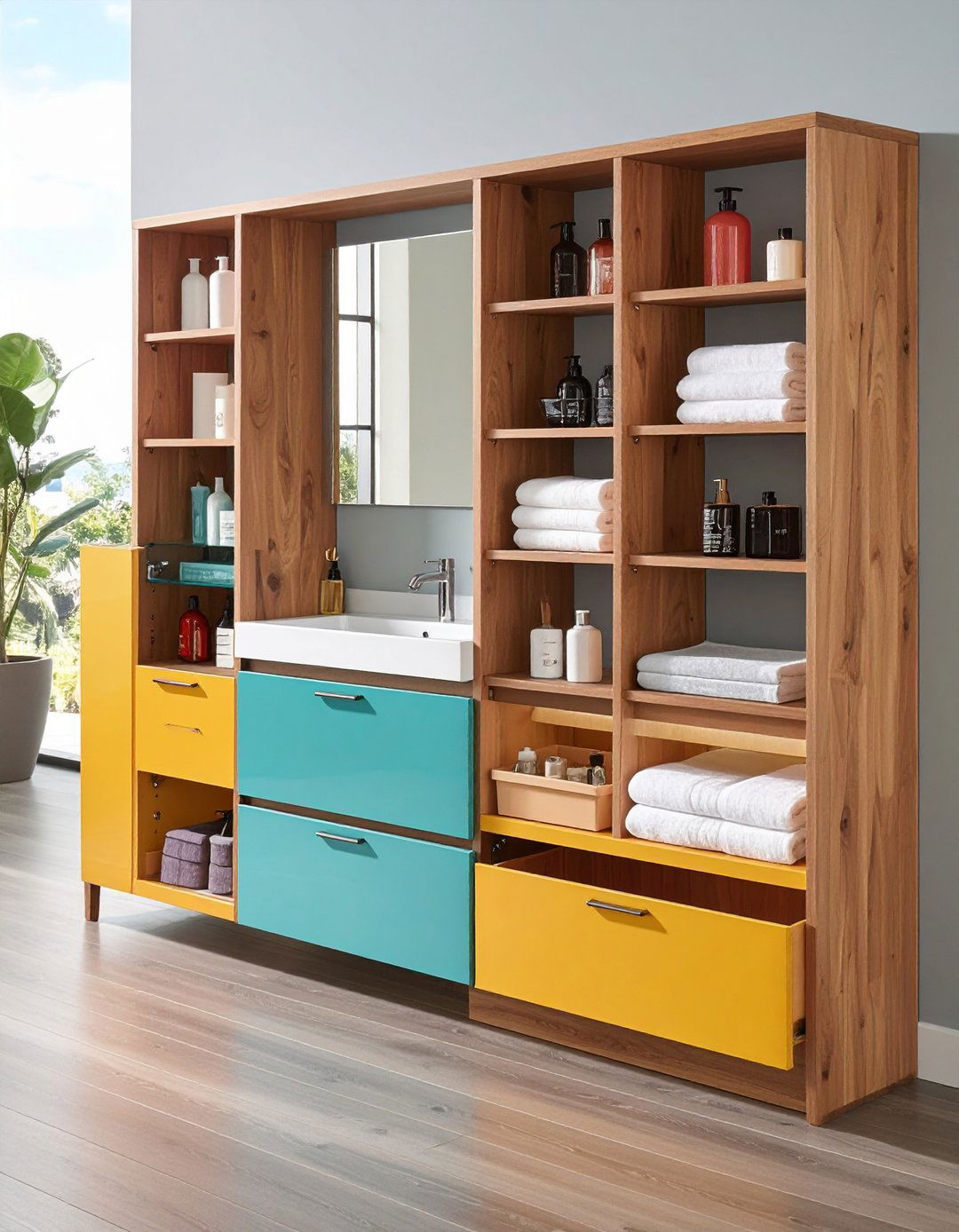

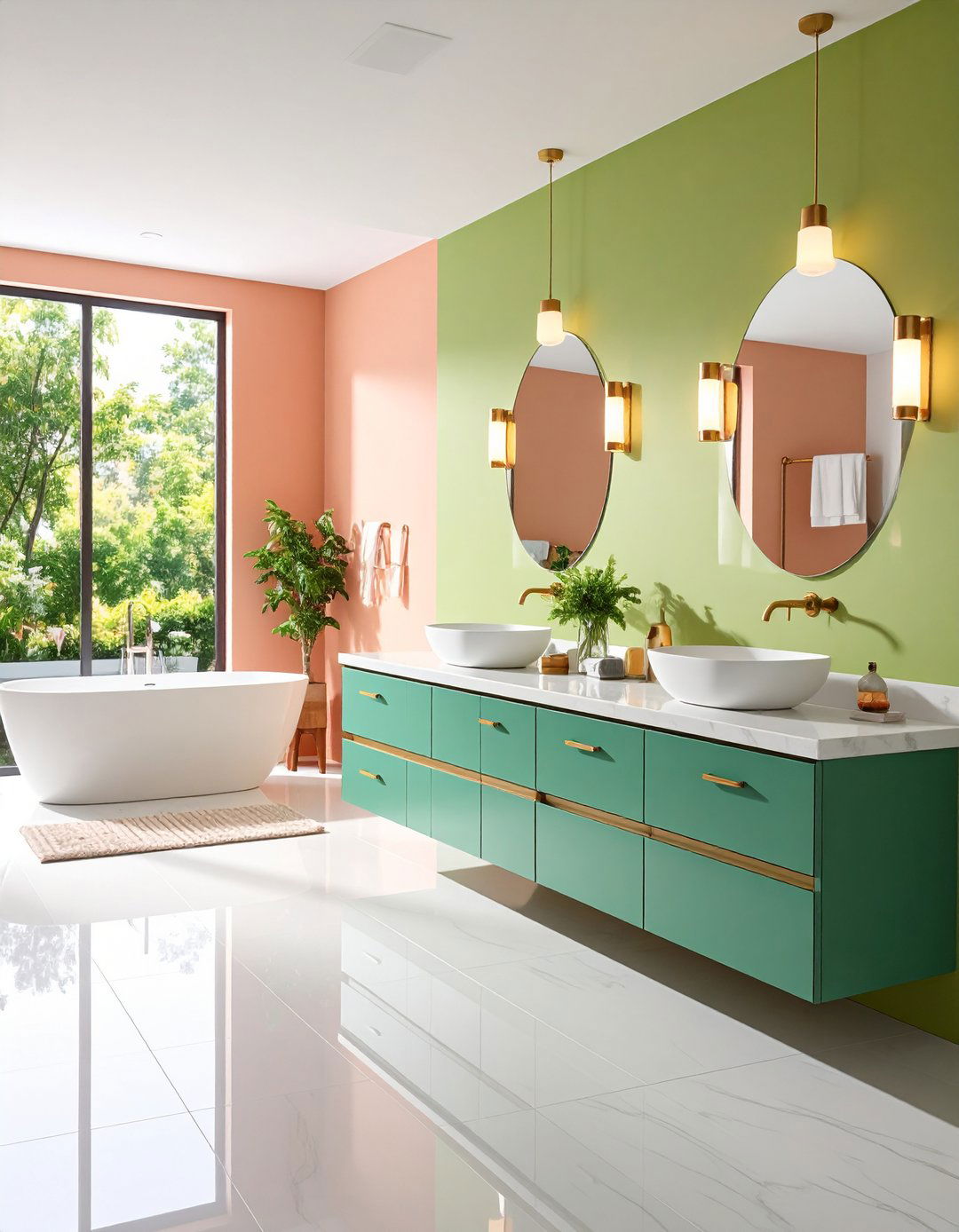
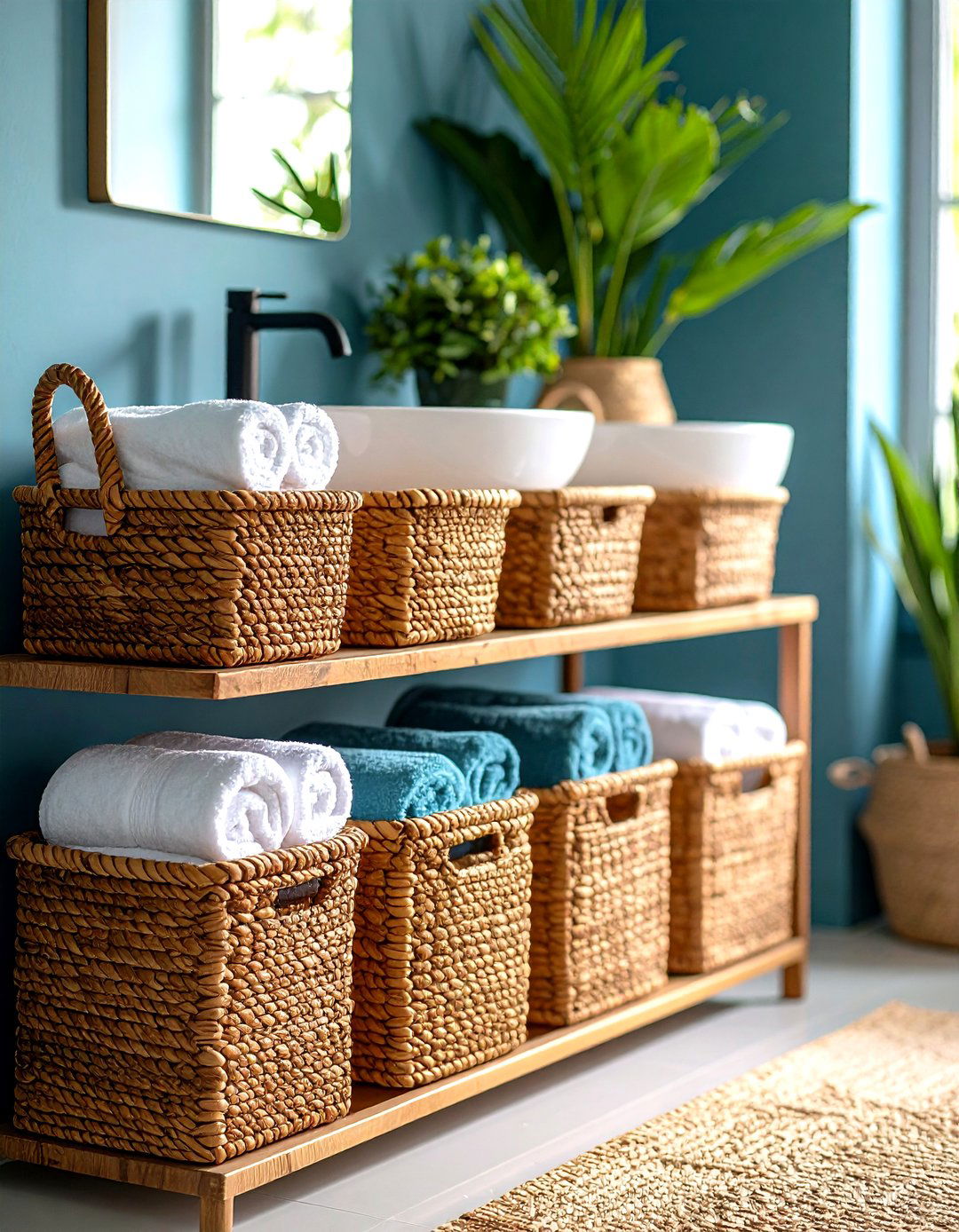
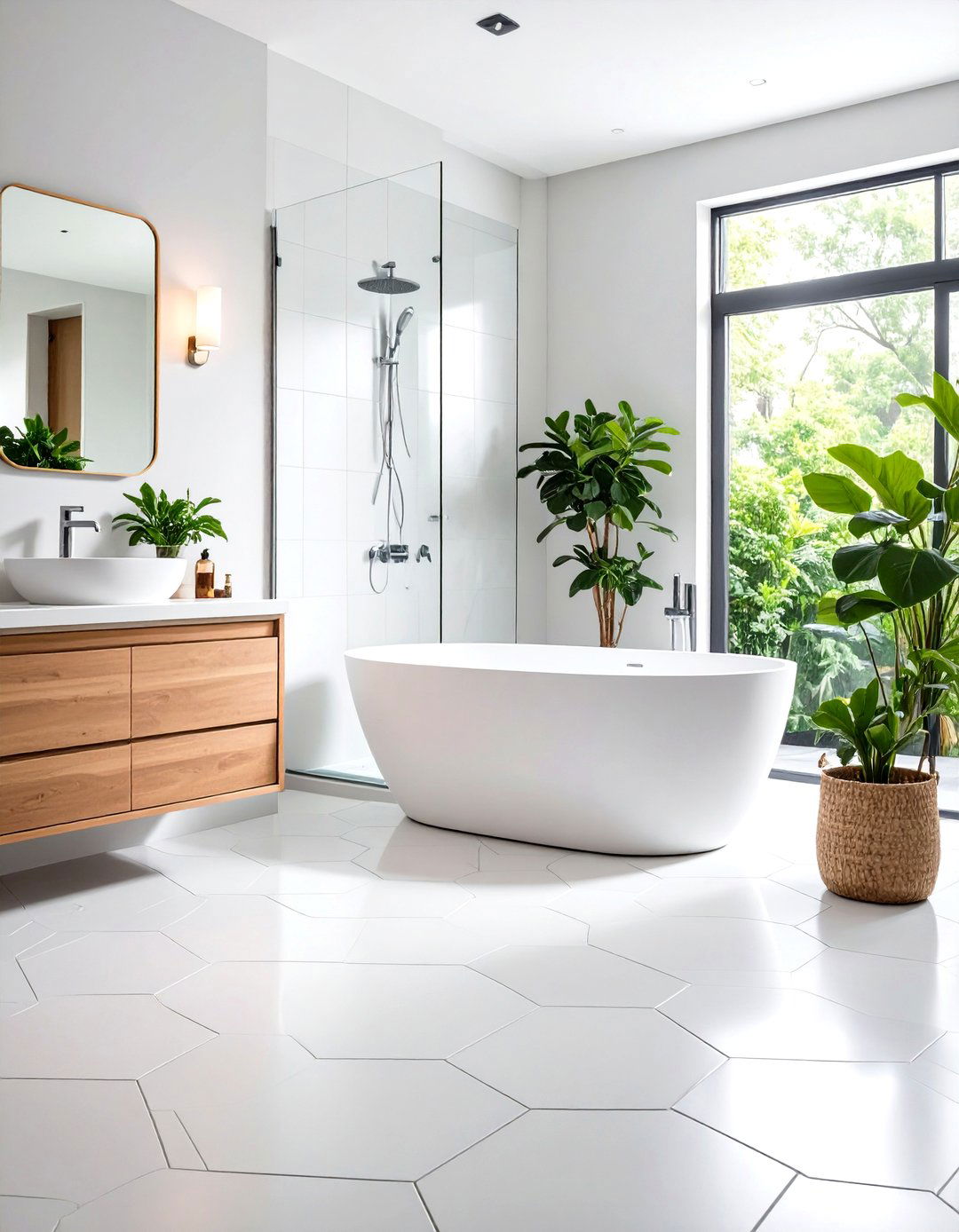
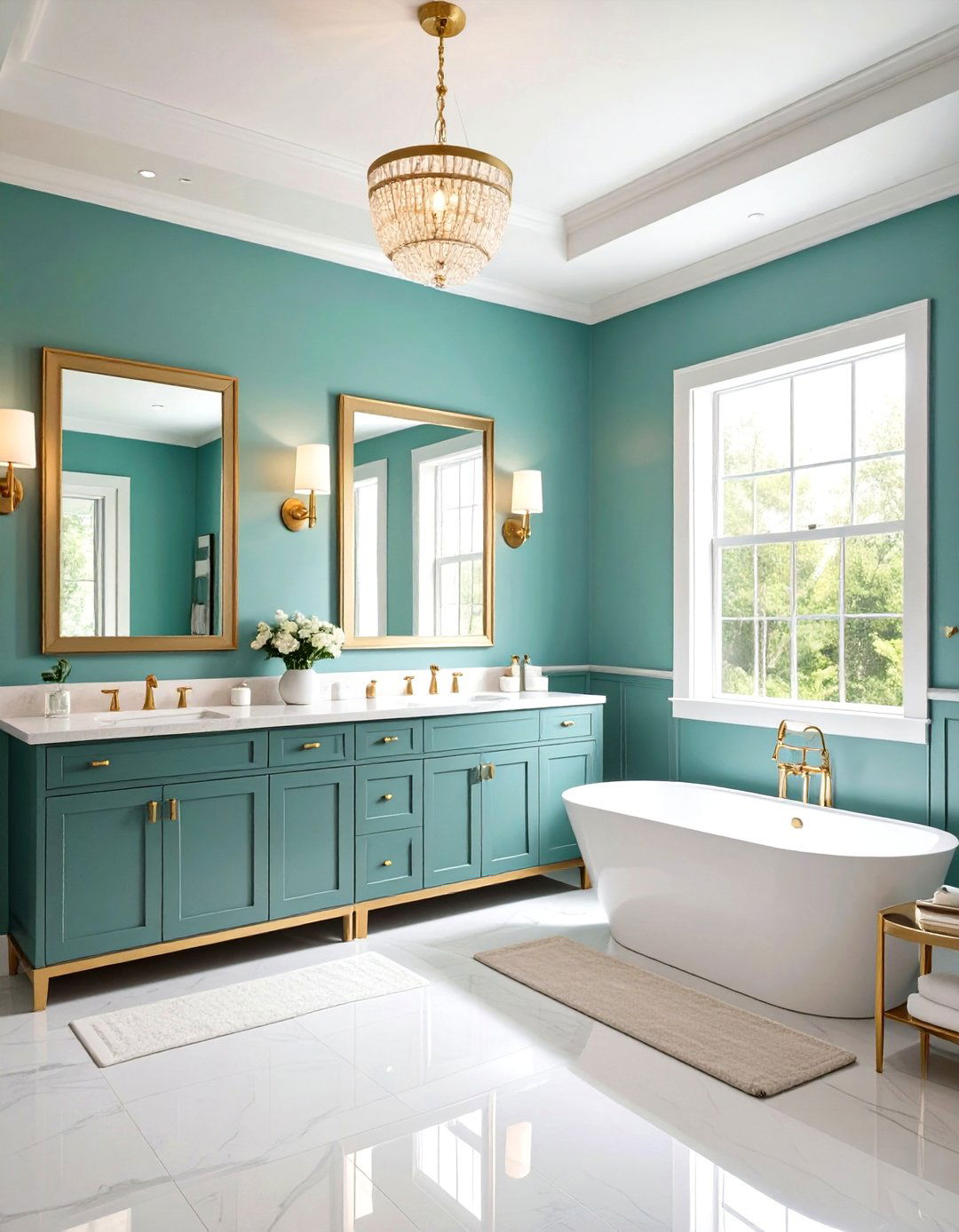





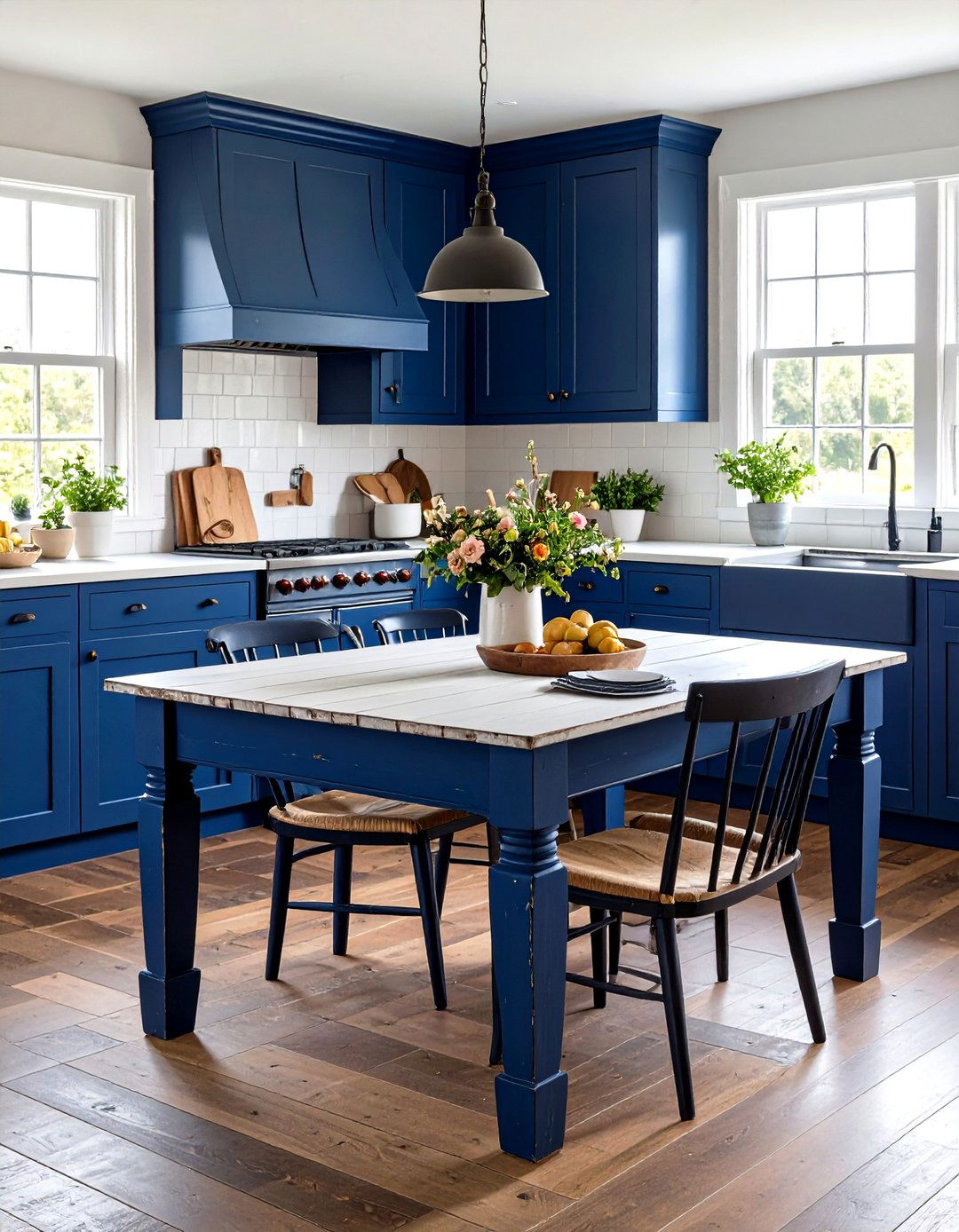
Leave a Reply